After Nicole returned from spending three days with venture philanthropy and impact investing leaders at Latimpacto, we interviewed her on how the industry can come together to strengthen the venture philanthropy ecosystem.
The recent global crises have prompted the world to rethink how to address deeply rooted systemic inequities that give rise to conflict and exacerbate economic and environmental shocks. As economies undergo changes, a growing number of philanthropic organizations and asset managers and owners have turned to impact investing as the way forward.
Rethinking how to build vibrant and equitable economies
In this interview, NESsT’s Co-CEO Nicole Etchart shares her reflections on how to transition from pure philanthropy to venture philanthropy and impact investing and inspire long-lasting social and environmental change.
Nicole’s journey in venture philanthropy started 25 years ago in Central Eastern Europe. After the Berlin Wall fell, she co-founded NESsT to advance civil society, helping socially-responsible organizations to grow and scale their work.
Today, NESsT has evolved into an organization that invests in social enterprises that provide quality jobs for underserved communities while sustaining the planet. Since 1997, NESsT has invested over $24M, trained and supported over 24,000 entrepreneurs, and incubated and financed 223 enterprises sustaining more than 77,000 formal jobs, and improving the lives of close to one million people.
How has the philanthropic sector transformed in the past two decades?
Nicole Etchart: “There has been an important shift in the way that philanthropy gets done — more people are becoming interested in venture philanthropy and impact investing and are transitioning away from pure philanthropy. I recently just returned from the three-day Latimpacto conference in Colombia. It was truly inspirational to engage with so many colleagues who are committed to making this transition.
Traditional philanthropy provides capital in the form of grants, offering short-term project-based funding which lacks an element of sustainability. Venture philanthropy is philanthropic capital given in an enterprising way – it is a more engaged form of philanthropy that offers business assistance alongside long-term strategic funding. Impact investing, on the other hand, is investment capital that offers flexible and patient repayment terms. There is a middle ground where venture philanthropy meets impact investing. For example, at NESsT, we do both.
We have seen that enterprises really advance when they are not dependent on short-term solutions. Have we achieved that as a sector? I think we've made a dent and we have certainly gained traction. But there’s still more to do.
Many donors still use grants as their main form of support for enterprises — some won’t allow intermediary groups (accelerators, early-stage investors) to convert philanthropic capital into blended investments, while others require the intermediary to manage the investment and do not pass it on to the enterprise itself. All of these actions tie our hands and prevent us from growing and sustaining impact and addressing systemic change.”
How can we drive persistent social change through venture philanthropy?
Nicole Etchart: “The first step would be to decrease grant dependency and begin to allocate part of grant programs to investment readiness. The goal is to get these impact-driven enterprises prepared to take on more financing to grow their business. To do that, we first need to invest in getting them ready for investment.
In other words, we want to allocate resources toward the use of smart capital – more patient financial instruments that are appropriate for the stage of the enterprise development – and strategic advice. This is because these enterprises are addressing pressing social and environmental challenges that encompass higher levels of costs and that require holistic and integrated responses to validate and grow their business models. Counting short-term outputs is not needed; reaching longer-term sustainable outcomes is.
The second step would be to strengthen the enabling environments that are growing and supporting the venture philanthropy or impact investing industry. Building a network is the first step to building a sector, and to do that we need to have all the actors in place, the accelerators, incubators, funds, donors, etc. We want there to be a critical mass of actors who can respond to the marketplace's realities.”
Impact investing has gained momentum in recent years, what is needed to sustain its growth?
Nicole Etchart: “In the long-term view, we have enough traction now that we could expedite that process quite a bit because we have more models to build off of. We know the solutions, but there's still a lot of tendency for philanthropy and even impact investing to be done in a way that is very risk-averse. There's still a lack of appetite for risk and for trying to do things that are innovative.”
Building Frameworks and Deepening Trust within the Industry
For organizations that want to shift or expand their philanthropic program toward venture philanthropy and/or impact investing, here are examples of frameworks that NESsT has developed and learnings we’ve gathered:
Nicole’s advice for philanthropic organizations seeking to transition toward venture philanthropy
Assess the sector and consider allocating part of your philanthropic capital to where the gaps are found. For example, build impact research and tools by joining and contributing to existing alliances. We don't always have to start from scratch. There are so many proven models and tools out there. Helping ecosystem players to access them can be a great contribution.
Embrace the power you hold as a philanthropic organization and help the sector to be trusting of each other. To build the ecosystem, we have to be transparent and learn from each other’s mistakes. It is so inspiring when donors share their mistakes or help grantees to feel empowered to seek feedback on how to grow from their mistakes.
Change doesn’t happen overnight. Any step toward allocating your philanthropic program to venture philanthropy is significant.
Tips on supporting enterprises to be investment-ready:
Provide continued mentoring and business services that need different types of support and different types of financial instruments; focus on the mindset of the enterprise and help them understand that taking investment is positive for the enterprise.
Offer the right financial instrument for the stage of the enterprise.
Use philanthropic capital as blended and patient investments by tying them to certain key milestones.
Make sure that the financial support is provided by several donors or investors, with each one bringing complementary capital.
NESsT’s Methodology
Business assistance and capital go hand-in-hand
Nicole Etchart: “Capital is important. We offer smart capital, or patient financial instruments appropriate for the stage of the enterprise development, as a catalyst to, first of all, address areas that other investors and donors might not want to address. And then also a way for companies to attract other sources of funding.
We challenge our entrepreneurs to meet certain milestones, whether it's sales-driven, product-driven, or operationally driven. Then, we offer tools, capacity support, and mentoring to help enterprises meet those milestones so that we can give them the next investment; it is a nice balancing act. “
NESsT has a portfolio team on the ground in every country where we work and each one of those portfolio managers manages five to six companies. They spend an average of three days a month with those companies, accompanying them, providing them with mentoring, giving them tools, supporting them, helping them to raise capital, without which enterprises can't grow.”
Measuring impact to examine not the number of jobs, but their quality.
Nicole Etchart: “Our entrepreneurs use a Performance Measurement Tool to measure the quantitative and qualitative impact they have on the people they support. We’re looking not only at the number of jobs, but the quality of those jobs – are they with contracts, are they paying more than minimum wage? Are they moving people out of poverty? Are they putting people on a career trajectory? And so and then also the gender dimensions, are women being paid the same as men? For the same job so gender wage equity, and then the intersectionality of gender, how many of our jobs are going to people of color, and indigenous communities?
“25 years later, we’re still working with resilient entrepreneurs who are dedicating their lives to building a civil society, providing all of its people with access to quality jobs, better livelihoods, and better lives.”
”


